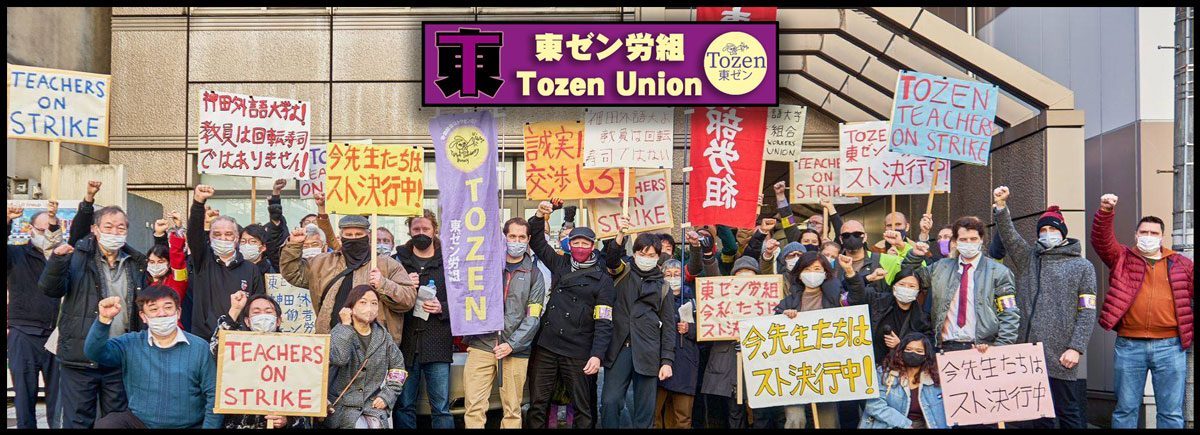Under the proposal of the Japan Forum on International Relations, Japan would adopt a skills-based migration system and put in place social integration policies to prevent the kind of tensions seen in Europe over immigration.
While Japan historically has been reluctant to allow large-scale immigration, some opinion leaders now see it as the only way to boost domestic demand, re-energise the economy and fill labour shortages.
What Japan does on immigration will be keenly watched by multinational companies and capital markets. The country has lost favour as an investment destination because of economic and political stagnation, high corporate tax levels and a range of other factors, including the rise of China.
But it remains the world’s third-largest economy and a massive market for goods and services, so if a path to growth can be found, some of the lost interest and investment will come back.
Kenichi Ito, chairman of the forum’s policy council and one of the proposal’s main authors, said he saw Australia, Canada and the US as models for Japan’s ideal immigration system.
“If Japan wants to survive in a globalised world economy and to advance its integration with the burgeoning East Asian economy, it essentially has no other choice but to accept foreign migrants, while making full use of domestic human resources,” he said. “A key question is not whether we should accept foreign migrants or not, but how we should accept them.”
The number of foreigners moving to Japan has grown gradually from 1.5 million 10 years ago to more than 2 million now, but the growth has been very slow, particularly considering Japan’s population of 127 million.
Mr Ito told The Australian the forum had not set numerical targets for the migration intake, but that clearly a substantial increase in migration was needed.
“The annual intake is estimated to be 50,000 to 60,000 as far as the last 10 years is concerned. We think such a number is too small,” Mr Ito said.
Along with a large skills-based migrant intake, the report proposes that Japan learns from previous immigration mistakes. An almost impossible-to-pass exam for Philippine and Indonesian nurses allowed into Japan should be rewritten to focus on vocational competence rather than Japanese language proficiency; international qualifications should be more easily recognised; and foreign workers should be able to bring their families.
Mr Ito, a former diplomat who is now an emeritus professor at Tokyo’s Aoyama Gakuin University, said Japan must be careful to avoid the tensions over immigration that were affecting countries such as France, Germany and Britain.
“We should learn from Australia, the US and Canada. We should learn your system and infrastructure to adopt foreign migrants integrated into society,” he said.
To this end, the forum’s proposal suggests helping foreigners learn Japanese as the best way to “see that they do not form ethnic clusters within local communities, thereby generating communication gaps, misunderstandings or hostilities in their relations with the Japanese society or other groups of foreigners”.
The report advocates heavily subsidised Japanese learning and ensuring that municipal governments work to help migrants to settle in and establish their new lives in Japan.
Mr Ito envisages that most of the migrants would be from China, whose citizens have the advantage of knowing most of the kanji characters in use in the Japanese language.
Japan has had several tries at establishing an economic or labour-orientated migration program. The first was the disgraceful coercion of Korean migrants to speed up its pre-war industrialisation. The second was the wave of returnees it accepted from the expatriate Japanese communities in Brazil and Peru to satisfy the labour demands of its factories during the bubble economy period of the early 1990s.
The Korean community has faced prejudice but has largely prospered in Japan, although animosity remains between some Japanese and Korean-Japanese. The Latin American returnees have perhaps endured less prejudice, but are still looked down upon by some Japanese because of their jobs.
These attempts at integration were obviously not perfect, but Mr Ito said he believed Japan’s people and politicians were ready for another try.
“I feel the interest on the part of politicians on this topic is very high and keen, and public opinion will, I think, basically welcome our recommendations, though some people are concerned about the political and social consequences of too radical a shift, particularly in view of what’s happening in western European countries,” he said.
Mr Ito said Japan also needed to boost the tiny number of humanitarian migrants it accepted.
“I think Japan should be ashamed for the reluctance it has shown in taking humanitarian migrants,” he said.
The forum’s report has been 18 months in the making and has almost 90 signatories, including top academics, business leaders, former diplomats and ministerial officials and several current and former politicians.
As well as handing it to Prime Minister Kan, the group has also taken out newspaper ads drawing public attention to its contents.
